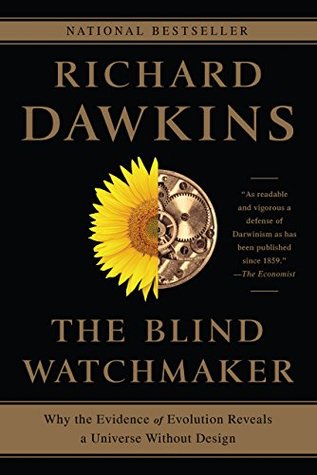More on this book
Community
Kindle Notes & Highlights
Read between
July 2 - July 21, 2025
events that we commonly call miracles are not supernatural, but are part of a spectrum of more-or-less improbable natural events.
to do the calculation, we must know how much time was available, more generally how many opportunities were available, for the event to occur. Given infinite time, or infinite opportunities, anything is possible.
To explain the origin of the DNA/protein machine by invoking a supernatural Designer is to explain precisely nothing, for it leaves unexplained the origin of the Designer. You have to say something like ‘God was always there’, and if you allow yourself that kind of lazy way out, you might as well just say ‘DNA was always there’, or ‘Life was always there’, and be done with it.
we should, as scientists, be even a little worried if the origin of life did not seem miraculous to our own human consciousness.
I have just uttered the words ‘May I be struck by lightning this minute’. If lightning did strike me in the same minute, it would be treated as a miracle. But actually neither of these two occurrences would be classified by science as utterly impossible. They would simply be judged very improbable,
Coincidence means multiplied improbability.
What we can imagine as plausible is a narrow band in the middle of a much broader spectrum of what is actually possible.
On the spectrum of improbabilities, the spotlight turns out to illuminate only the narrow range from the left-hand end (certainty) up to minor miracles, like a hole-in-one or a dream that comes true. There is a vast range of mathematically calculable improbabilities way outside the range of the spotlight.
Evolution will come to a standstill until something in the conditions changes: the onset of an ice age, a change in the average rainfall of the area, a shift in the prevailing wind. Such changes do happen when we are dealing with a timescale as long as the evolutionary one. As a consequence, evolution normally does not come to a halt, but constantly ‘tracks’ the changing environment.
From Darwin onwards evolutionists have realized that, if we arrange all our available fossils in chronological order, they do not form a smooth sequence of scarcely perceptible change. We can, to be sure, discern long-term trends of change — legs get progressively longer, skulls get progressively more bulbous, and so on — but the trends as seen in the fossil record are usually jerky, not smooth.
since fossilization is such a chancy business, and finding such fossils as there are is scarcely less chancy, it is as though we had a cine film with most of the frames missing.
principle of ecology that two species with the same way of life will not coexist for long in one place, because they will compete and one or other will be driven extinct.
The reason the ‘transition’ from ancestral species to descendant species appears to be abrupt and jerky is simply that, when we look at a series of fossils from any one place, we are probably not looking at an evolutionary event at all: we are looking at a migrational event, the arrival of a new species from another geographical area.
For Darwin, any evolution that had to be helped over the jumps by God was not evolution at all.
genes are much more like a recipe than like a blueprint.


